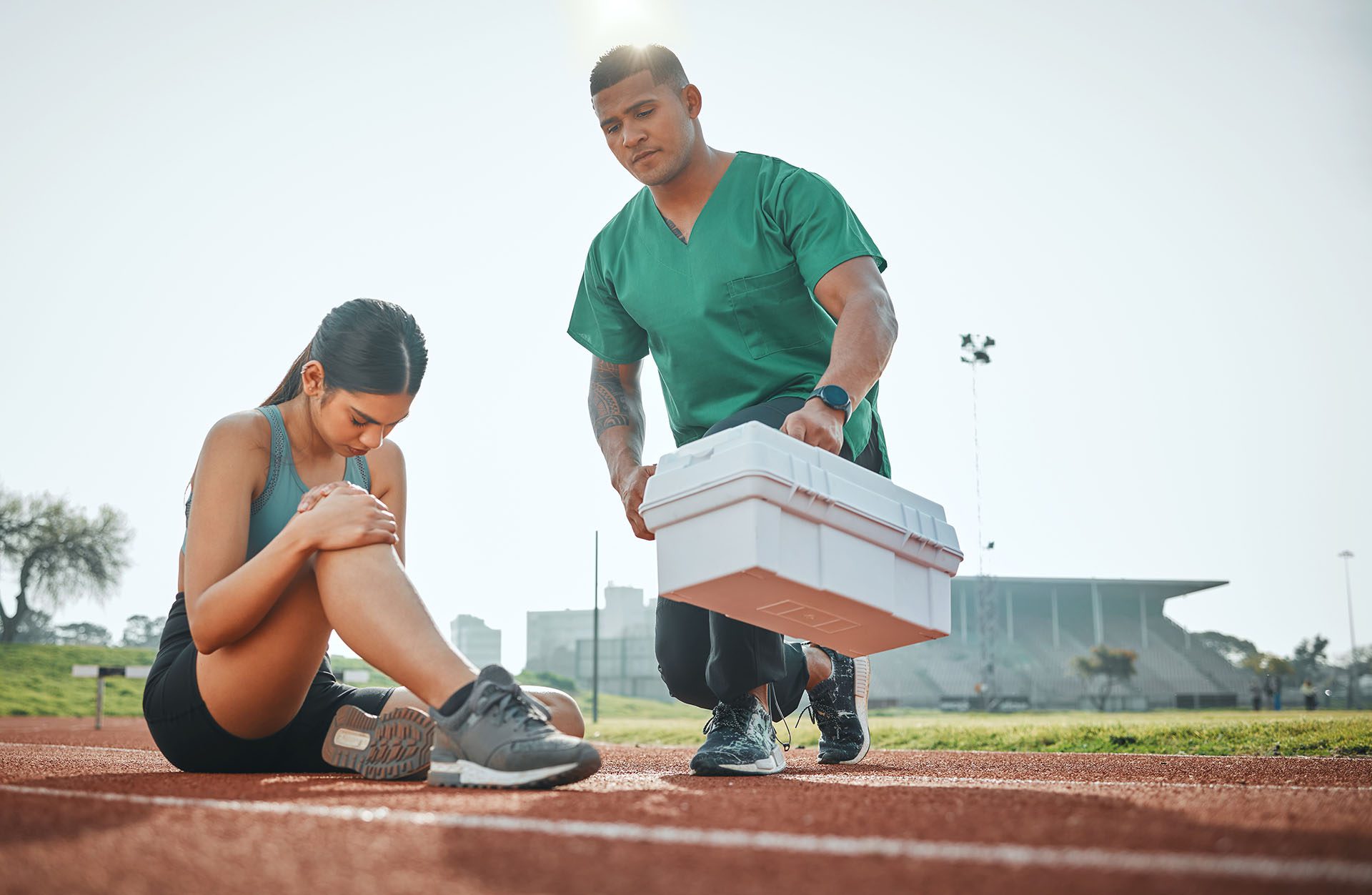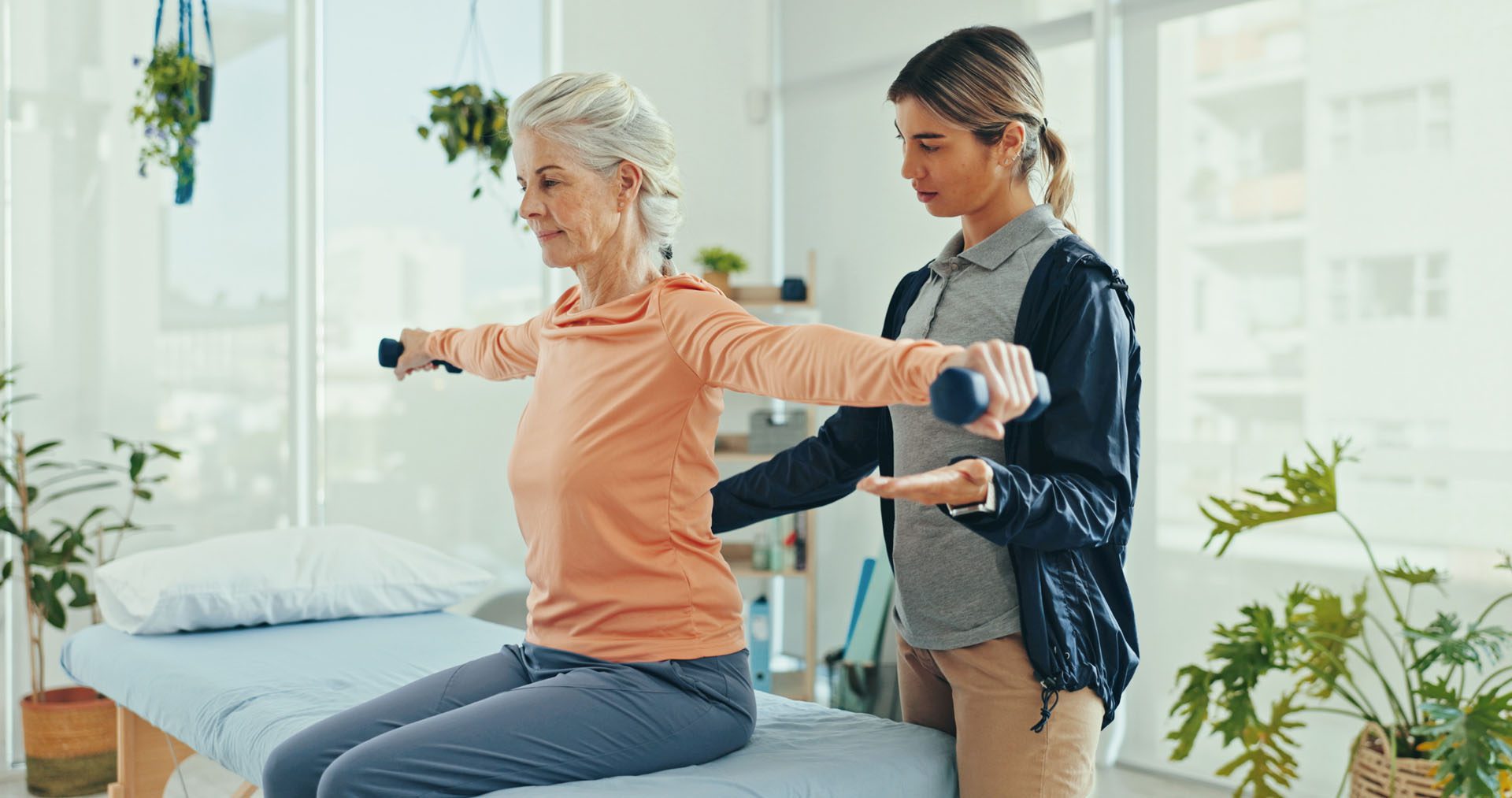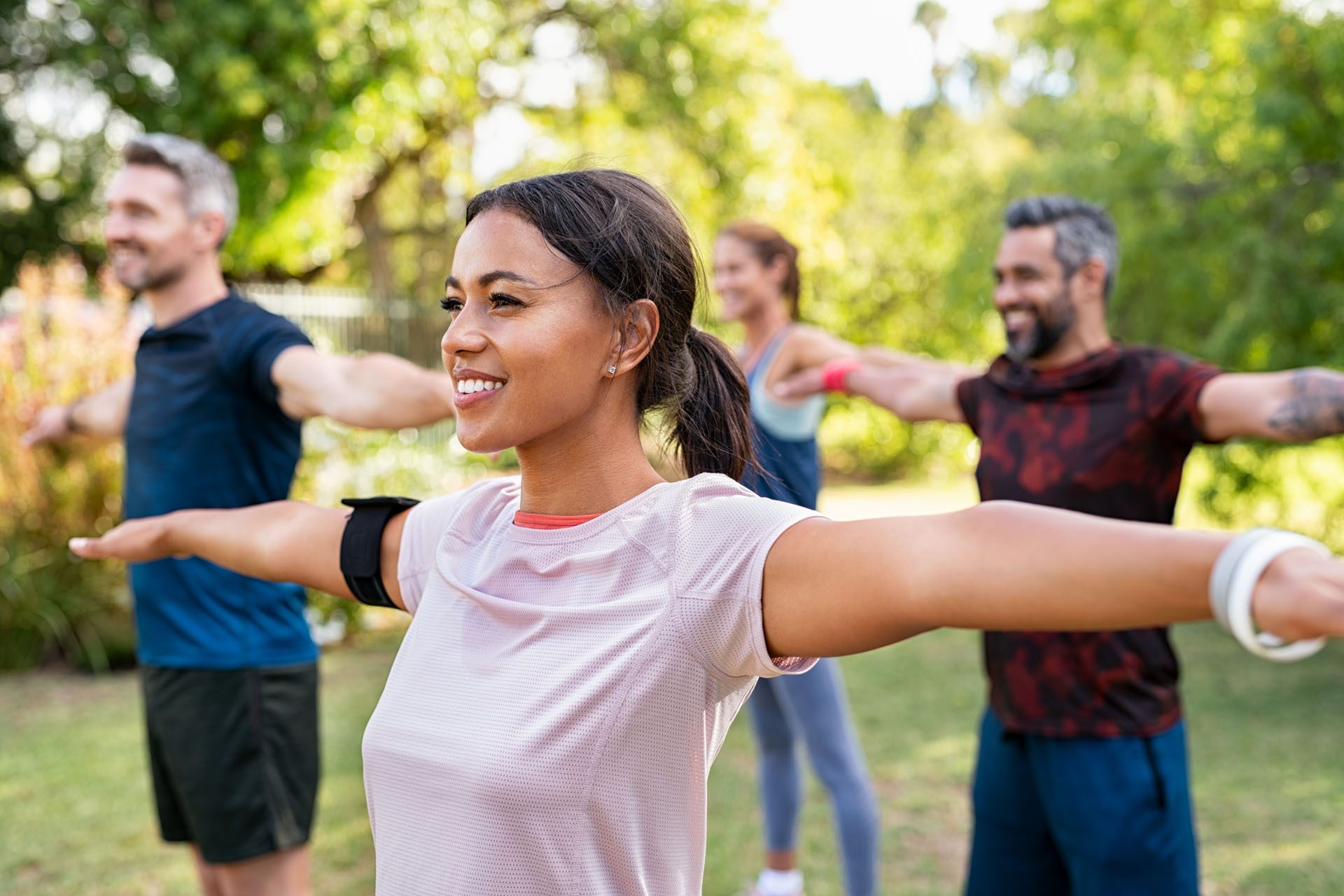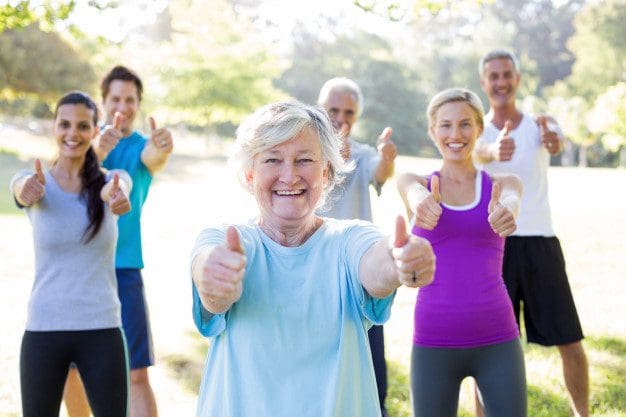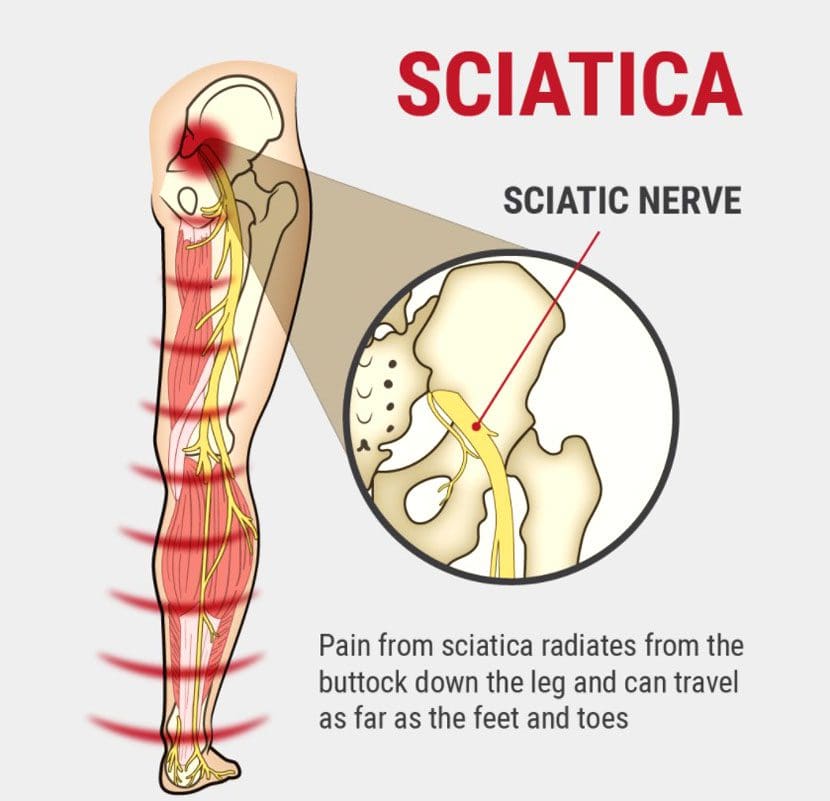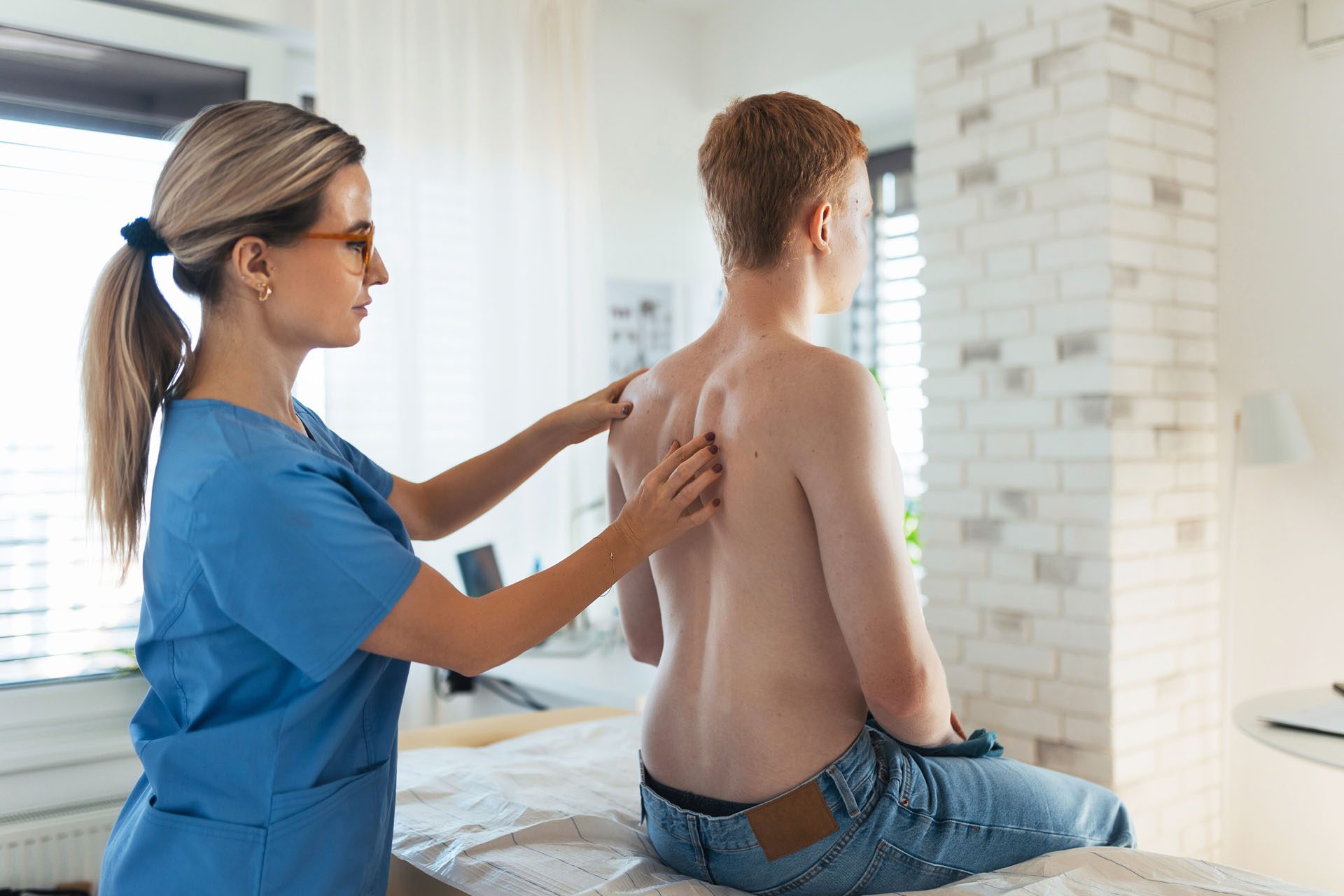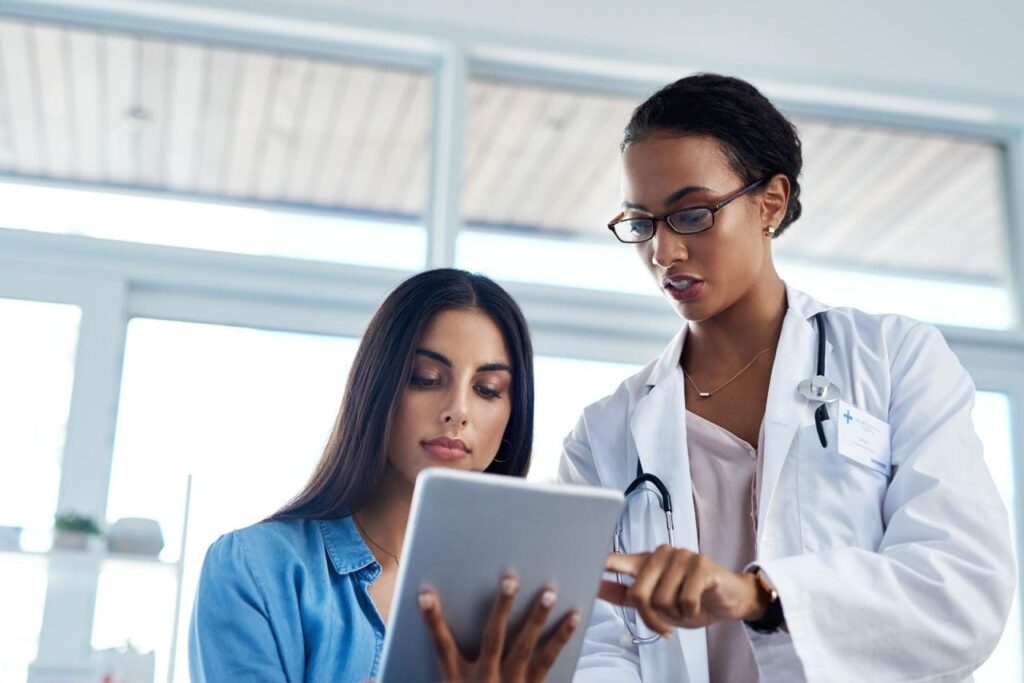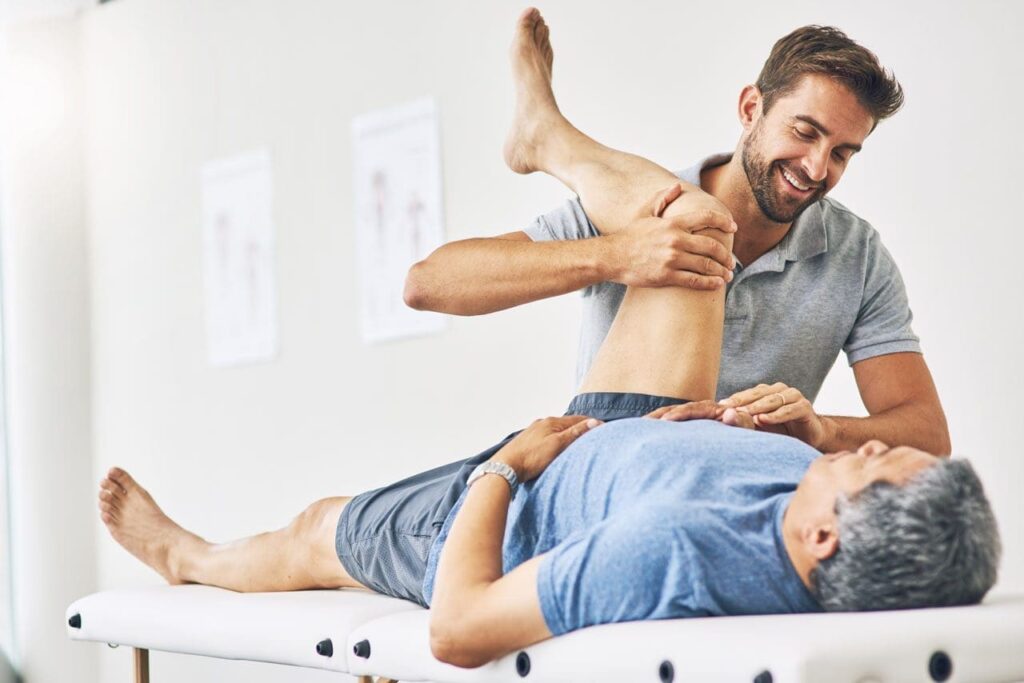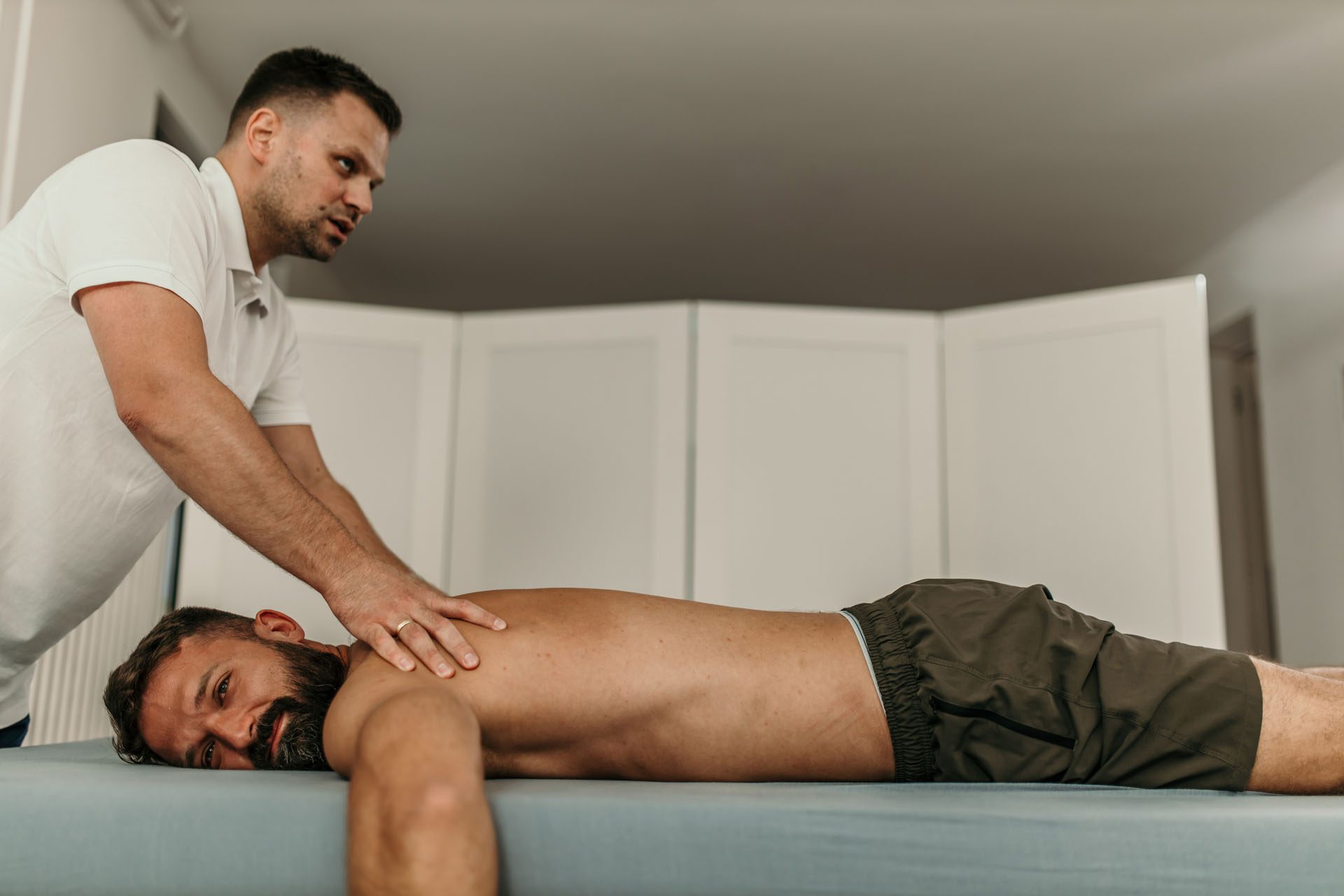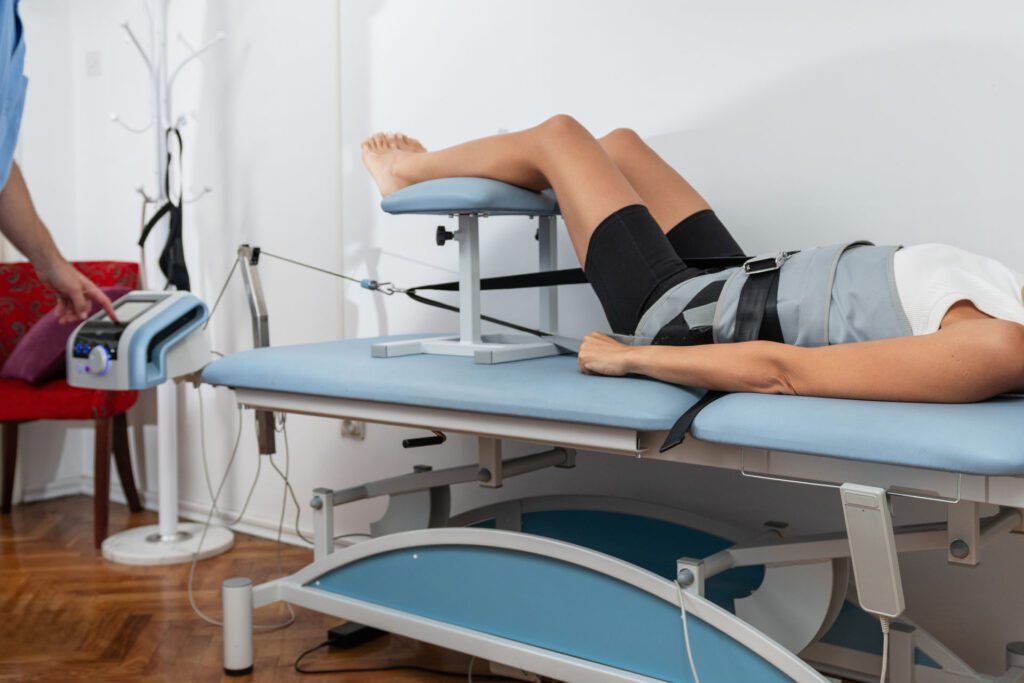Chiropractic Athlete Rehabilitation Care
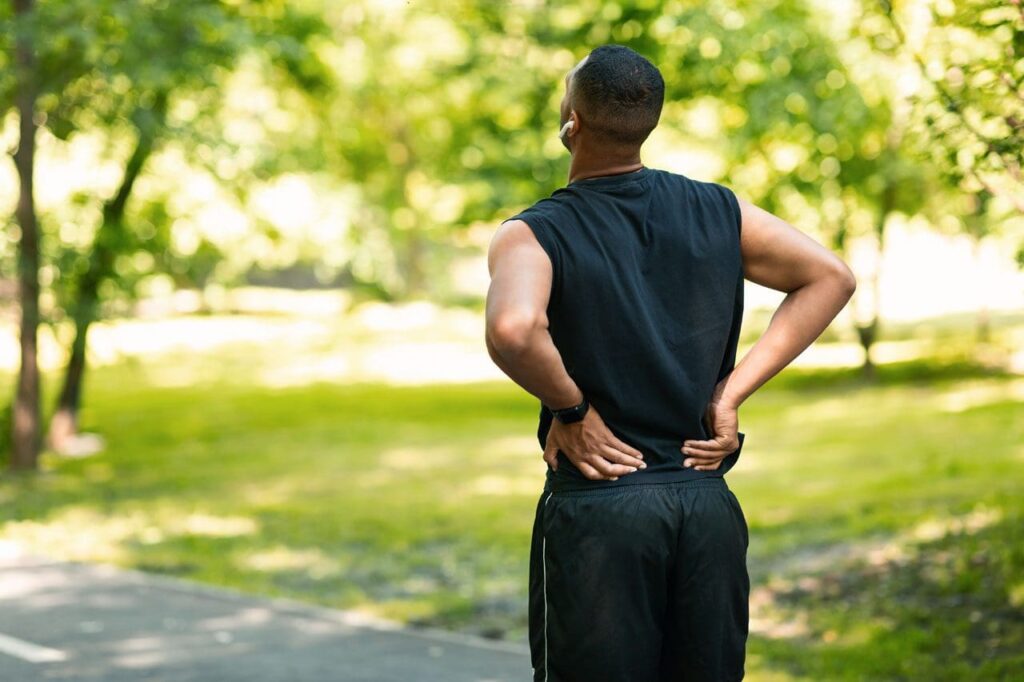
Chiropractic Athlete Rehabilitation Care at ChiroMed: A Holistic Path to Healing & Performance
Introduction
ChiroMed – Integrated Medicine in El Paso, TX, offers a comprehensive and patient-centered approach to wellness. What sets ChiroMed apart is its multidisciplinary team, comprising chiropractors, nurse practitioners (NPs), naturopaths, nutritionists, rehabilitation specialists, and acupuncturists who work together. This integrative model is especially powerful for athletes, people recovering from injury, or anyone seeking long-term well-being.
This article explains how excessive workouts or injuries lead to problems, how ChiroMed’s chiropractic athlete rehabilitation care can help, the diagnostic and therapeutic tools used, and how patients can build sustainable health and prevent future injuries.
How Overuse, Injury, and Underlying Conditions Develop
Athletes—and really, anyone who is physically active—face risks when training, work, or accident stress exceeds the body’s capacity to heal. Some of the underlying issues include:
- Muscle strains, tears, and microtrauma from repetitive motion or intense training with little rest.
- Joint misalignments & spinal dysfunction: As joints or vertebrae get misaligned, biomechanics suffer, and nerves may become irritated or compressed.
- Reduced flexibility & range of motion: When soft tissue gets tight (muscles, fascia, ligaments), joint mobility decreases.
- Impaired neuromuscular control: After injury or overuse, the brain-muscle connection can become disrupted, leading to compensation, balance problems, or further injury.
- Systemic stress & inflammation: Poor rest, inadequate nutrition, and continuous strain can lead to chronic inflammation, hormonal imbalance, and weakened immune response.
At ChiroMed, many patients arrive after sports injuries, work injuries, or accidents. Some of them also have chronic pain, inflammatory conditions, or underlying biomechanical issues that make recovery harder unless all contributing factors are addressed.
ChiroMed’s Model: Chiropractic Athlete Rehabilitation Care
ChiroMed’s integrated care model applies multiple therapeutic tools in a coordinated way. Here’s how the clinic’s approach works, and how each component contributes to athlete rehabilitation.
Chiropractic Care
- Spinal adjustments and joint manipulations help restore proper alignment, releasing nerve compression, improving joint motion, and reducing pain.
- Chiropractors at ChiroMed also collaborate with the rehabilitation team to track movement patterns, posture, and functional biomechanics, identifying areas that require correction.
Rehabilitation Services
- Physical and functional rehabilitation includes strength training, flexibility and mobility work, balance and proprioception training, agility drills, and sport-specific exercises.
- Rehabilitation specialists closely coordinate with chiropractic care to ensure adjustments are reinforced by strong muscles and stable movement.
Nurse Practitioner & Medical Oversight
- ChiroMed includes nurse practitioner services, which allow for medical evaluation, prescribing as needed (within their scope), ordering diagnostic tests, and managing systemic issues (inflammation, pain control, allergies, etc.).
- This medical oversight is crucial in injury cases, especially when imaging or systemic conditions are contributing to the problem.
Naturopathy & Nutrition Counseling
- Nutrition plays a huge role in healing: anti-inflammatory diets, proper macronutrient intake, hydration, and micronutrients help tissue repair, support energy, and reduce oxidative stress.
- Naturopathic approaches may also include botanical or supplemental supports (as permitted under the clinic’s scope), digestive health, detoxification, etc.
Acupuncture & Additional Modalities
- For some patients, acupuncture helps with pain modulation and improving circulation.
- Other modalities (massage, myofascial release, soft tissue work) reduce scar tissue, tension, and improve flexibility.
Diagnostic & Assessment Tools Used at ChiroMed
To build effective, personalized recovery plans, ChiroMed uses thorough diagnostics and assessments:
- Movement & functional assessments: Observing how patients move, where stiffness or weakness shows up, balance, and posture.
- Medical diagnostics: When needed, ordering labs, imaging (X-ray, MRI) to detect structural injuries or underlying conditions.
- Patient history & risk factor analysis: Prior injuries, training load, nutrition, lifestyle, stress, and sleep are all considered.
- Performance and recovery metrics: Tracking progress in mobility, flexibility, strength, pain levels, endurance, and coordination.
Benefits of Chiropractic Athlete Rehabilitation Care at ChiroMed
Here are the kinds of improvements patients often notice:
| Benefit | What It Looks Like | Key Components That Enable It |
|---|---|---|
| Faster recovery from injury | Reduced pain, return to training or work sooner, less swelling/inflammation | Good diagnostics, combined chiropractic and rehab, nutrition, soft tissue therapy |
| Increased mobility & flexibility | Postural correction, thoracic mobility, cardiovascular training components, and nutrition support | Joint adjustments + stretching, soft tissue work, consistent rehab |
| Better strength, balance, & coordination | Fewer compensatory movements, improved athletic performance, less risk of re-injury | Functional exercises, neuromuscular re-education, stability training |
| Enhanced respiratory & cardiovascular capacity | Fewer compensatory movements, improved athletic performance, and less risk of re-injury | Maintenance care, coaching on lifestyle, stress management, nutrition, and sleep |
| Long-term injury prevention & wellness | Fewer flare-ups, better overall health, and the ability to sustain higher training loads safely | Better breathing, more endurance, and less fatigue during workouts |
Case Types ChiroMed Treats
ChiroMed tends to serve a wide range of patients, including:
- Athletes with sprains, strains, tendon injuries, and joint pain.
- Patients recovering from motor vehicle accidents or work-related injuries.
- Those suffering from chronic pain (back pain, neck pain, disc issues) or inflammatory conditions.
- Active individuals seeking to improve performance, flexibility, and endurance.
How Patients Participate & What To Expect
- Upon first visit: full intake—including medical history, injury history, lifestyle, movement analysis.
- Diagnostic tests as needed: labs, imaging.
- Personalized treatment plan: schedule of chiropractic adjustments, rehab sessions, modalities (acupuncture, soft tissue work), plus nutritional and wellness coaching.
- Regular assessment: measuring progress (pain levels, mobility, strength) and adjusting treatment as needed.
- Long-term maintenance: Once acute issues are resolved, ongoing sessions are needed to maintain alignment, strength, flexibility, and prevent recurrence.
Integrating Wellness & Lifestyle with Care
ChiroMed doesn’t view the body in isolation; wellness is part of healing.
- Nutrition & diet: Eating to reduce inflammation and support repair.
- Rest, sleep, stress management: These are essential for healing. Poor sleep or chronic stress slows recovery.
- Lifestyle coaching: Ergonomics, daily habit corrections, training load management.
- Holistic view: Considering naturopathic and alternative medicine options that align with evidence, so care isn’t just reactive but proactive.
Conclusion
At ChiroMed – Integrated Medicine in El Paso, chiropractic care for athletes is not just about treating pain—it’s about restoring function, improving performance, and building sustainable health. For athletes, injured individuals, and anyone striving for better well-being, the integrative model (chiropractic + rehab + medical oversight + nutrition + wellness modalities) offers a full-spectrum path to healing and resilience.
References
- Abundant Life Chiropractor. (n.d.). The role of chiropractic care in sports injury recovery. Abundant Life Chiropractic.
- ASR Sports Medicine. (n.d.). How chiropractic care can help improve athletic performance. ASR Sports Medicine.
- ChiroMed – Integrated Medicine. (n.d.). Integrated medicine services in El Paso, TX. ChiroMed.
- Converse Chiropractic. (n.d.). Enhance performance with chiropractic care for athletes. Converse Chiropractic.
- Erie Chiropractic. (n.d.). How chiropractic care benefits athletes: Optimizing performance and preventing injuries. Erie Chiropractic.
- Integrative Chiropractic. (n.d.). How integrative chiropractic and wellness can enhance your athletic performance and ward off injuries during summer activities. Integrative Chiropractic.
- Recovery ChiroMed. (n.d.). Individualized chiropractic and rehabilitation care. Recovery ChiroMed.
- Rodgers Stein Chiropractic. (n.d.). Chiropractic care: Key to athlete recovery success. Rodgers Stein Chiropractic.
- Scoppa, D. (n.d.). How does chiropractic care boost athletic performance?. Dr. David Scoppa.
- Tigard Chiropractic Auto Injury. (n.d.). Integrating exercise with chiropractic: A synergistic approach to sports medicine. Tigard Chiropractic Auto Injury.
- Tigard Chiropractic Auto Injury. (n.d.). Maximizing athletic endurance: The role of chiropractic care. Tigard Chiropractic Auto Injury.
- Trident Health Chiropractic. (n.d.). The science behind chiropractic care and muscle recovery. Trident Health Chiropractic.
- Yoder Chiropractic Center. (n.d.). What is the role of chiropractors in managing sports-related pain?. Yoder Chiropractic Center.

